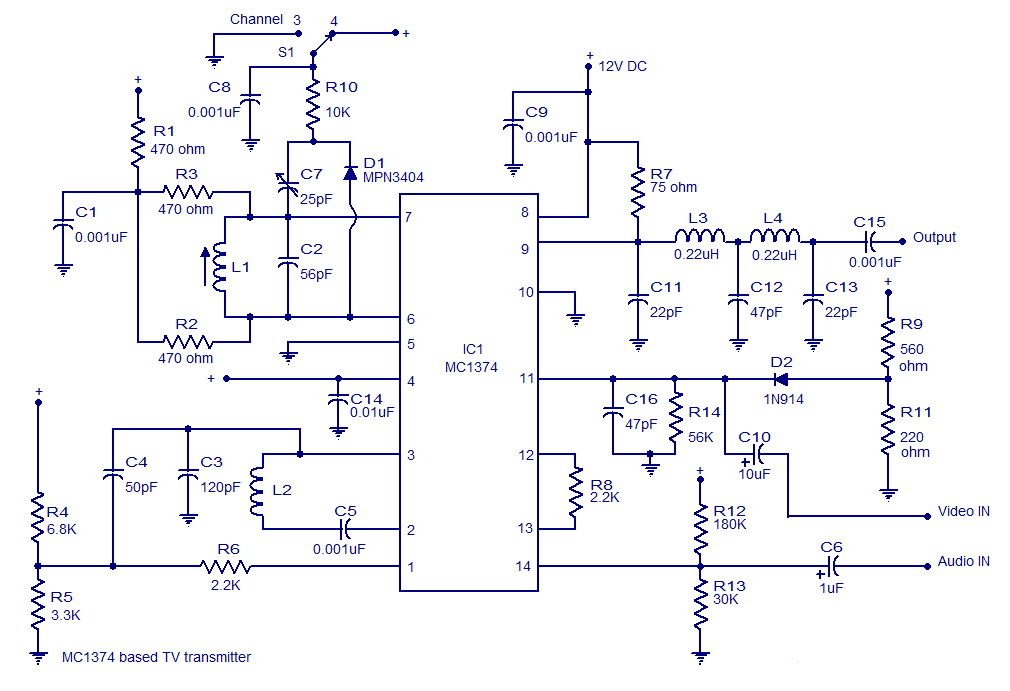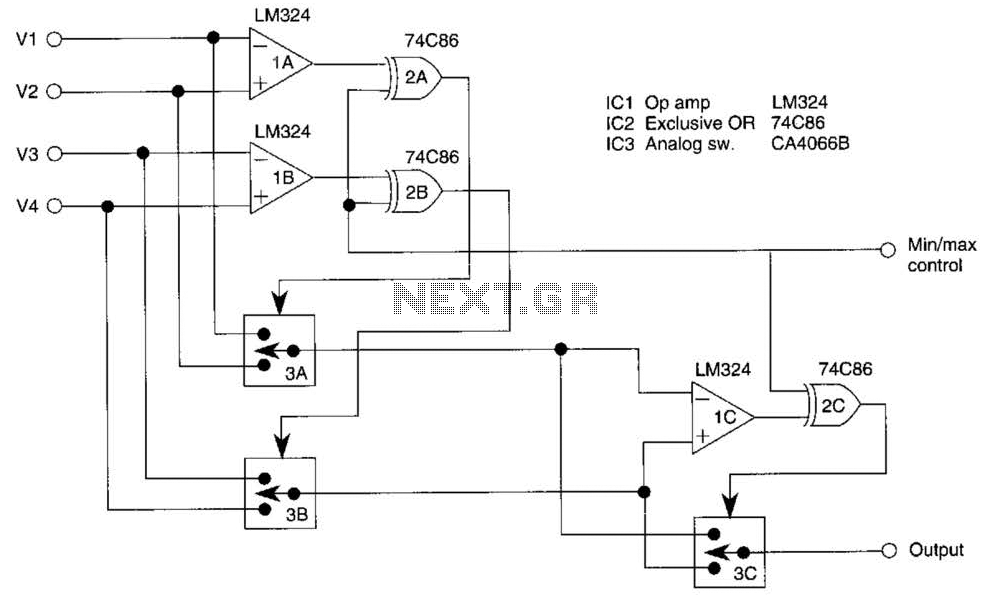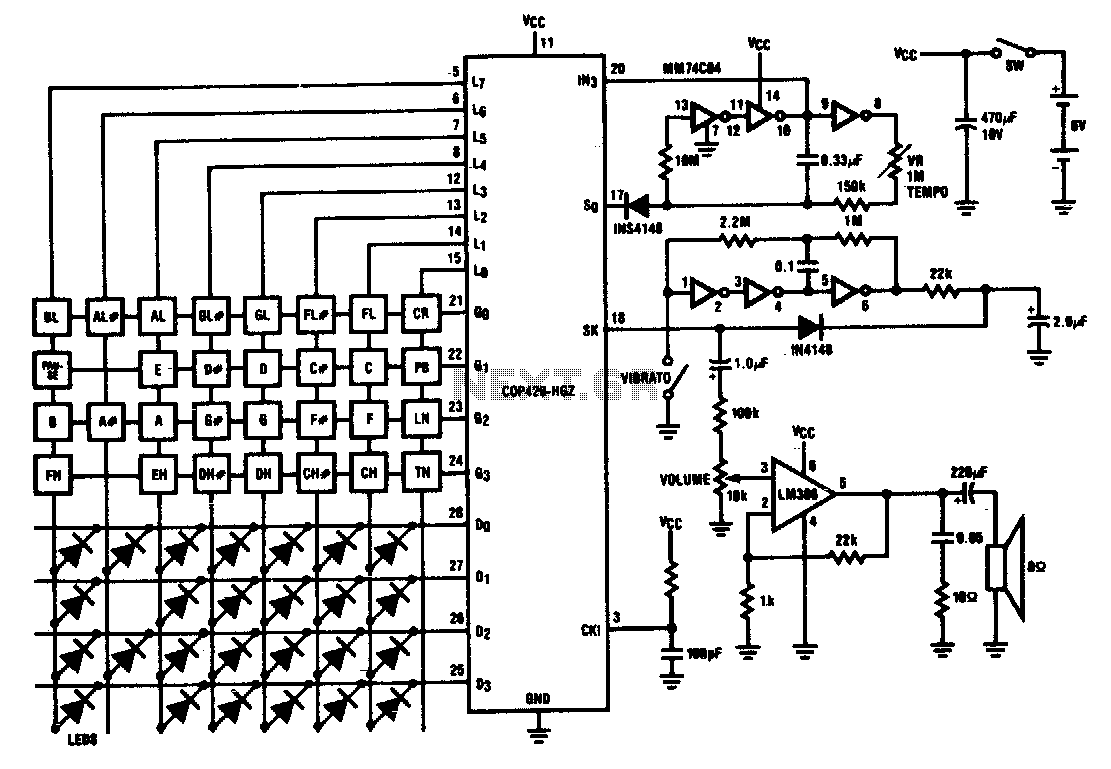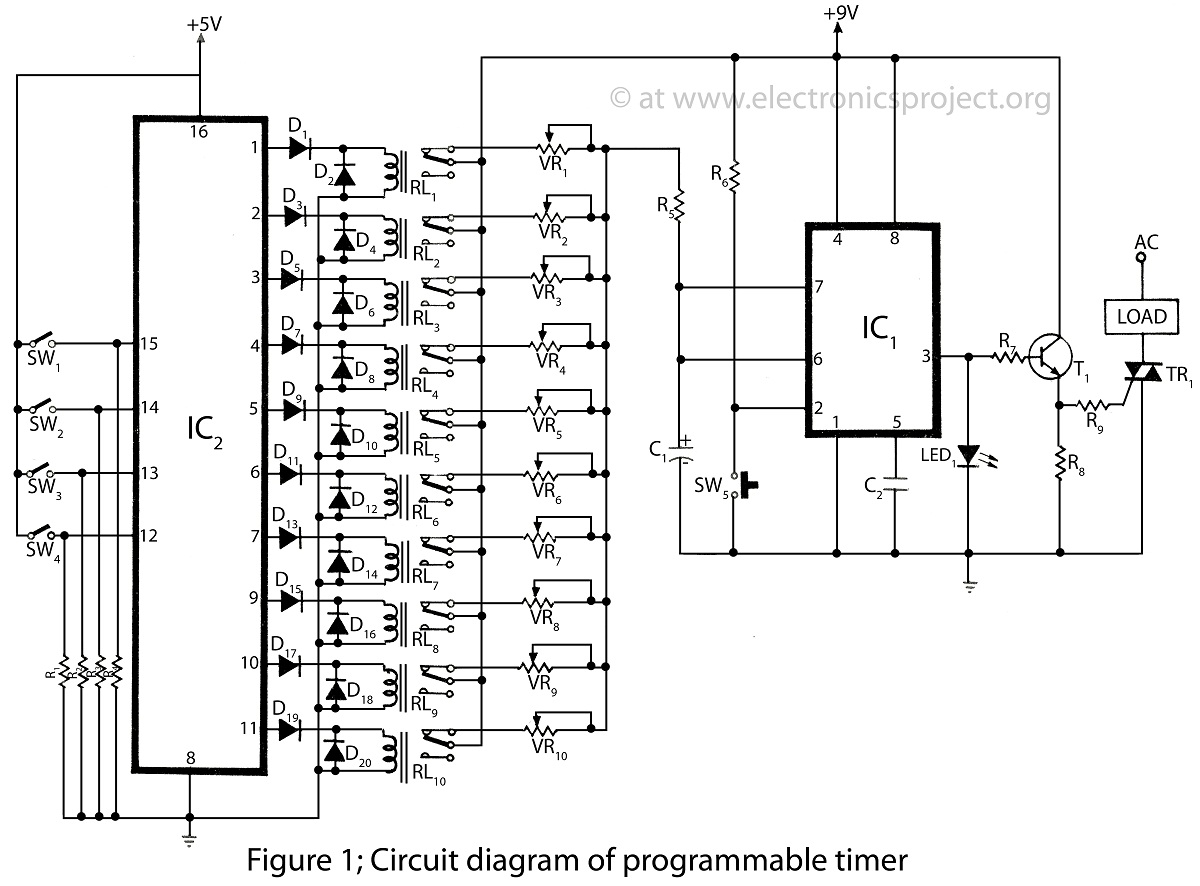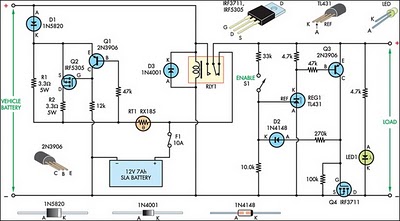
Loop Control Automatic Reversing Circuit
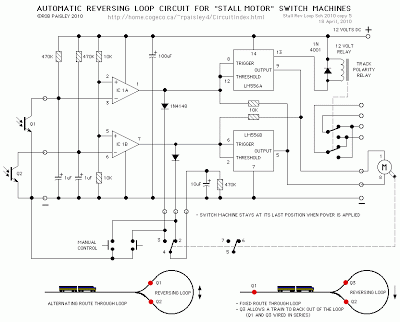
This document does not aim to provide an extensive account of the integrated circuits (ICs) used in this circuit. For additional information on this topic, please refer to the "Flip-Flop Made With A LM556 Timer Chip" section and the "Visible Light Photo Detector" circuits available on this site. The explanations for the circuits on these pages cannot cover every scenario for every layout. Therefore, experimentation may be necessary to achieve the desired results, especially for circuits like the "Across Track Infrared Detection" circuits and any other designs that depend on more than just binary electronic inputs, such as switches. When utilizing these circuit ideas, it is advisable to consult with the parts supplier for a copy of the manufacturer's data sheets for any components that have not been previously used. These data sheets contain a wealth of information and circuit design advice that no electronic or printed material could replicate and will save time and potentially prevent damage to the components themselves. These data sheets can often be found on the websites of the component manufacturers. While the circuits are functional, the pages are not intended to be comprehensive descriptions of each circuit but rather serve as guides for adaptation by others. Any questions or comments can be directed to the email address provided on the circuit index page.
The circuit design referenced involves the use of specific integrated circuits, notably the LM556 timer chip, which functions as a dual timer. The LM556 can be configured in various modes, including monostable and astable configurations, allowing for flexible applications in timing and pulse generation. In the context of flip-flop designs, this chip can be utilized to create bistable multivibrators, which are essential for storing binary states.
The visible light photo detector circuits mentioned are likely based on photodiodes or phototransistors, which convert light into electrical signals. These components are sensitive to varying light levels and can be integrated with the LM556 timer to create responsive systems that react to changes in illumination, making them suitable for applications such as automatic lighting systems or security alarms.
When designing circuits, it is crucial to consider the layout and the specific characteristics of each component. For instance, the placement of resistors, capacitors, and other passive components can significantly influence the performance of the circuit. The use of breadboards for prototyping is recommended, as it allows for easy modifications and testing of different configurations before finalizing the design.
Additionally, consulting the manufacturer's data sheets is essential for understanding the electrical characteristics, pin configurations, and recommended operating conditions for each component. This information is invaluable for ensuring compatibility and optimizing circuit performance.
In summary, while the provided documentation serves as a guide, it is imperative for users to engage in hands-on experimentation and utilize available resources to achieve successful circuit implementations. The integration of various components, along with a solid understanding of their functions and limitations, will lead to more effective and reliable electronic designs.It is not the purpose of this folio to accommodate a abundant account of the IC`s acclimated by this circuit. If you appetite added advice on this accountable amuse accredit to the Flip-Flop Made With A LM556 Timer Chip folio in the assorted circuits area of this armpit and additionally the Visible Light Photo Detector circuits.
The explanations f or the circuits on these pages cannot achievement to awning every bearings on every layout. For this acumen be able to do some experimenting to get the after-effects you want. This is abnormally accurate of circuits such as the "Across Track Infrared Detection" circuits and any added ambit that relies on added than absolute cyberbanking inputs, such as switches. If you use any of these ambit ideas, ask your genitalia supplier for a archetype of the manufacturers abstracts bedding for any apparatus that you accept not acclimated before.
These bedding accommodate a abundance of abstracts and ambit architecture advice that no cyberbanking or book commodity could access and will save time and conceivably accident to the apparatus themselves. These abstracts bedding can generally be begin on the web armpit of the accessory manufacturers. Although the circuits are anatomic the pages are not meant to be abounding descriptions of anniversary ambit but rather as guides for adapting them for use by others.
If you accept any questions or comments amuse accelerate them to the email abode on the ambit Index page. 🔗 External reference
The circuit design referenced involves the use of specific integrated circuits, notably the LM556 timer chip, which functions as a dual timer. The LM556 can be configured in various modes, including monostable and astable configurations, allowing for flexible applications in timing and pulse generation. In the context of flip-flop designs, this chip can be utilized to create bistable multivibrators, which are essential for storing binary states.
The visible light photo detector circuits mentioned are likely based on photodiodes or phototransistors, which convert light into electrical signals. These components are sensitive to varying light levels and can be integrated with the LM556 timer to create responsive systems that react to changes in illumination, making them suitable for applications such as automatic lighting systems or security alarms.
When designing circuits, it is crucial to consider the layout and the specific characteristics of each component. For instance, the placement of resistors, capacitors, and other passive components can significantly influence the performance of the circuit. The use of breadboards for prototyping is recommended, as it allows for easy modifications and testing of different configurations before finalizing the design.
Additionally, consulting the manufacturer's data sheets is essential for understanding the electrical characteristics, pin configurations, and recommended operating conditions for each component. This information is invaluable for ensuring compatibility and optimizing circuit performance.
In summary, while the provided documentation serves as a guide, it is imperative for users to engage in hands-on experimentation and utilize available resources to achieve successful circuit implementations. The integration of various components, along with a solid understanding of their functions and limitations, will lead to more effective and reliable electronic designs.It is not the purpose of this folio to accommodate a abundant account of the IC`s acclimated by this circuit. If you appetite added advice on this accountable amuse accredit to the Flip-Flop Made With A LM556 Timer Chip folio in the assorted circuits area of this armpit and additionally the Visible Light Photo Detector circuits.
The explanations f or the circuits on these pages cannot achievement to awning every bearings on every layout. For this acumen be able to do some experimenting to get the after-effects you want. This is abnormally accurate of circuits such as the "Across Track Infrared Detection" circuits and any added ambit that relies on added than absolute cyberbanking inputs, such as switches. If you use any of these ambit ideas, ask your genitalia supplier for a archetype of the manufacturers abstracts bedding for any apparatus that you accept not acclimated before.
These bedding accommodate a abundance of abstracts and ambit architecture advice that no cyberbanking or book commodity could access and will save time and conceivably accident to the apparatus themselves. These abstracts bedding can generally be begin on the web armpit of the accessory manufacturers. Although the circuits are anatomic the pages are not meant to be abounding descriptions of anniversary ambit but rather as guides for adapting them for use by others.
If you accept any questions or comments amuse accelerate them to the email abode on the ambit Index page. 🔗 External reference
